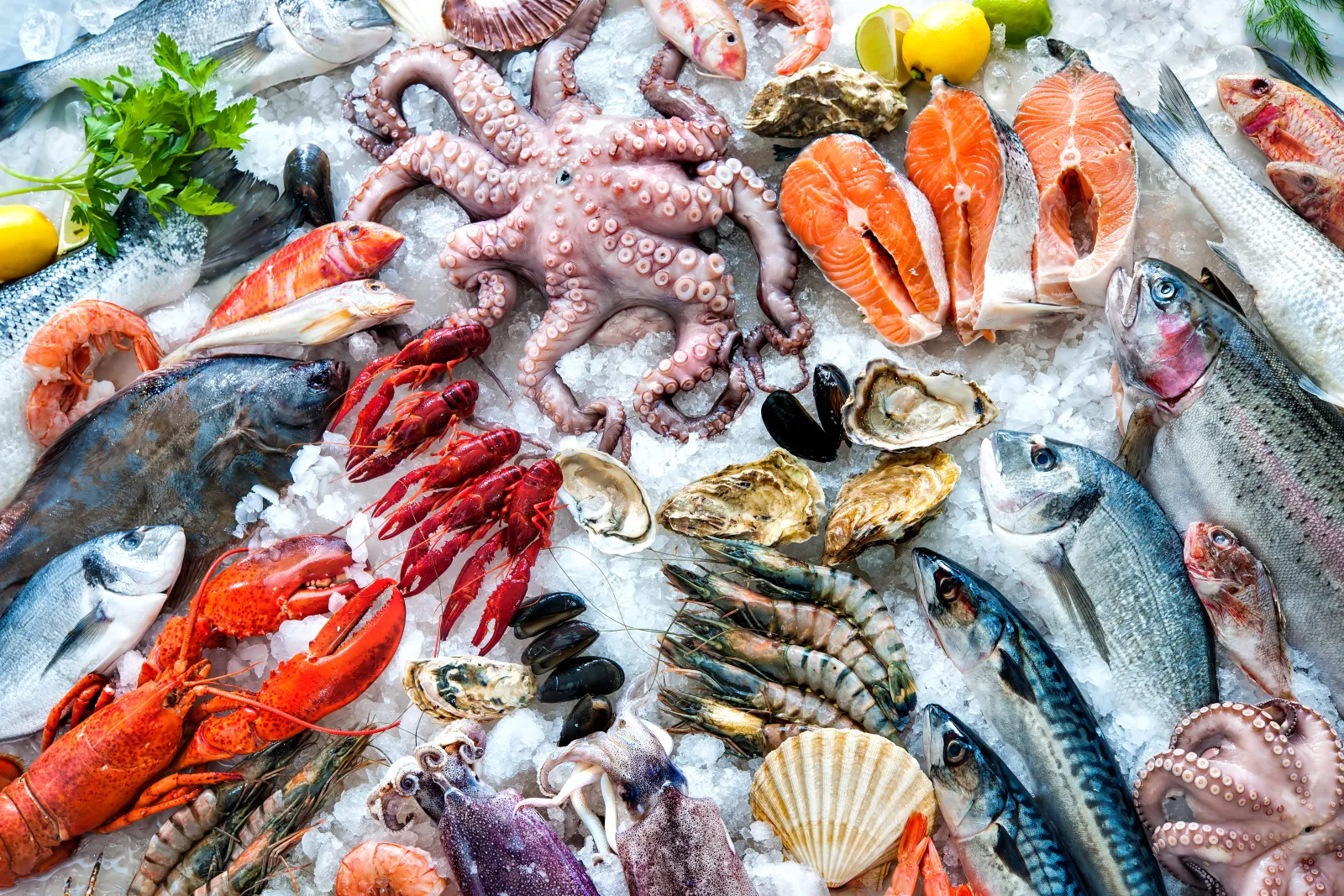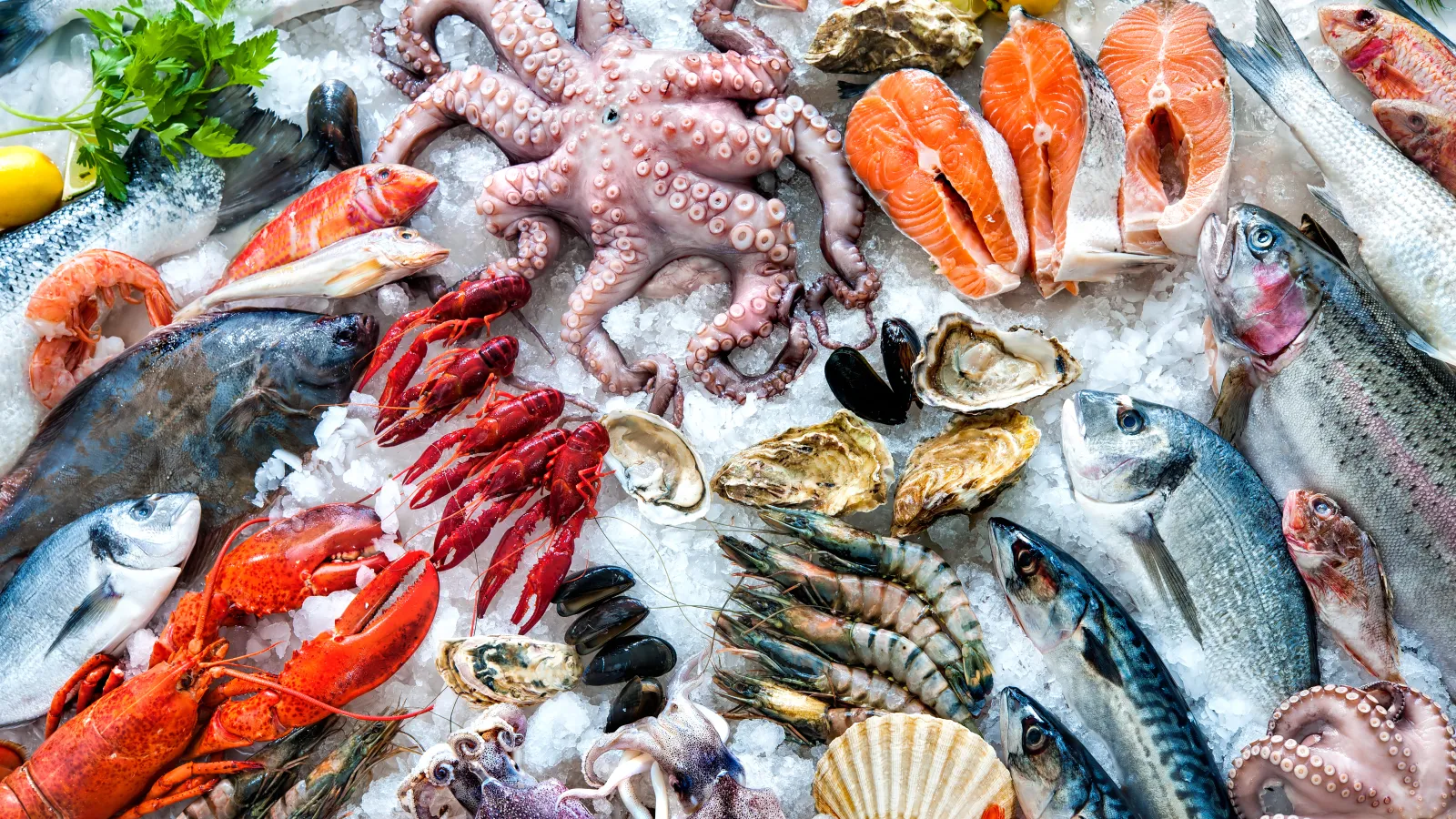
The report below gives a good overview of the Summer 2023 M&A activity in the Food and Beverage Industry Sector. The global food and beverages market grew from $6.7 trillion in 2022 to $7.2 trillion in 2023 at a CAGR of 7.3% and is expected to grow to $9.2 trillion in 2027 at a CAGR of 6.3% according to Research and Markets. The Russia-Ukraine war resulted in economic sanctions, rising commodity prices, and supply chain disruptions, leading to inflation and impacting global markets. In April 2023, the global consumer price index, excluding the United States, stood at 188.19, compared to 155.13 for the US as consumers saw average prices decline outright in April in certain categories. Grocery prices, for example, retreated 0.2% during the month, following a 0.3% decrease in March. Despite increased spending in the food and beverage sector, consumers reduced their purchases due to inflation, resulting in an 8% YoY decline in real spending. Private label product sales grew by 11.3% in 2022, surpassing national brands as consumers sought cost-saving options. The industry faces environmental challenges, with the food and beverage sector accounting for a significant portion of global greenhouse gas emissions. To address this, companies are introducing products that claim to offset their emissions, emphasizing "carbon-neutral" and "regenerative" attributes. With technology playing a crucial role in the manufacturing process, Frozen food manufacturers are using technologies such as individual quick freezing (IQF) to improve the yield and quality of frozen foods. This method boosts yield by 1.5-3% and results in better quality products with high nutritional value and less wastage. The global IQF vegetable market is expected to reach $2 billion by 2026, thus indicating significant demand for IQF food products in the future.
Posted by Jurgen van Dijk.

